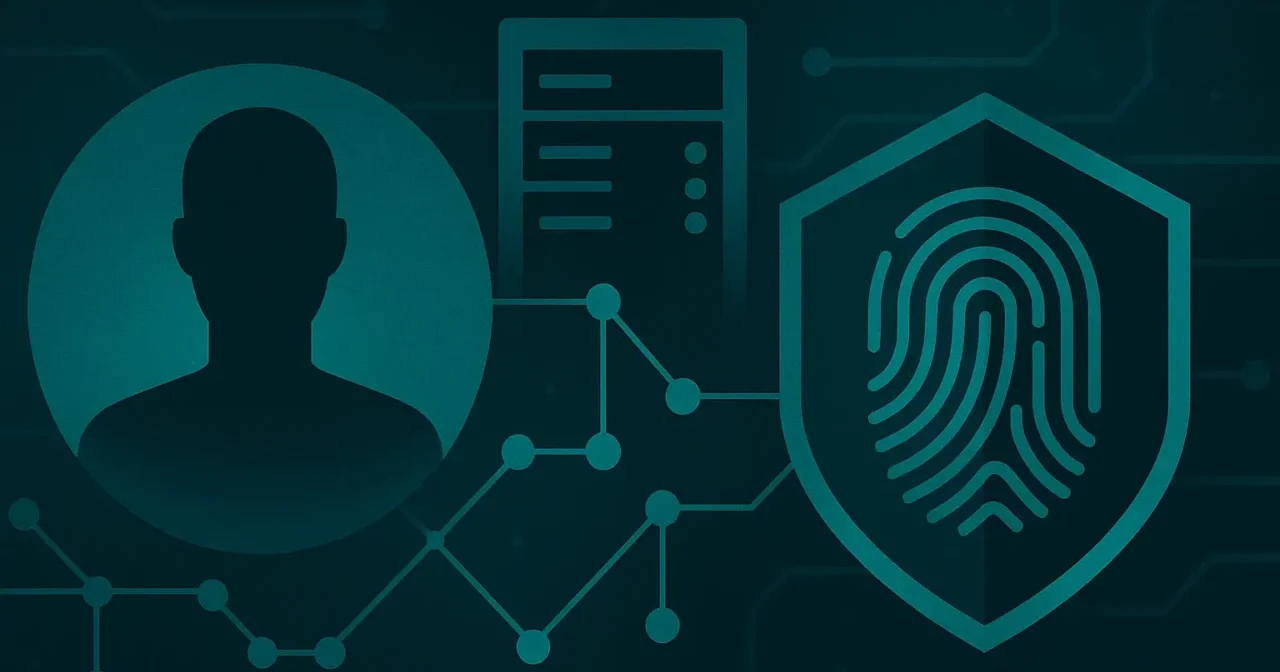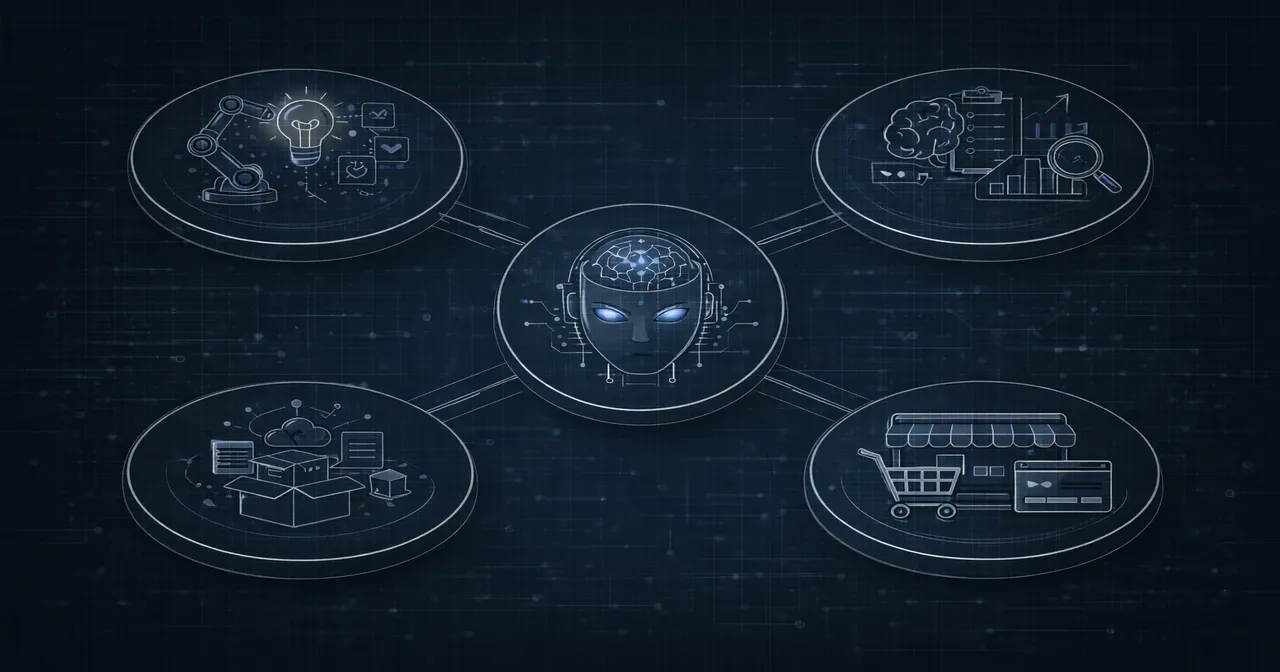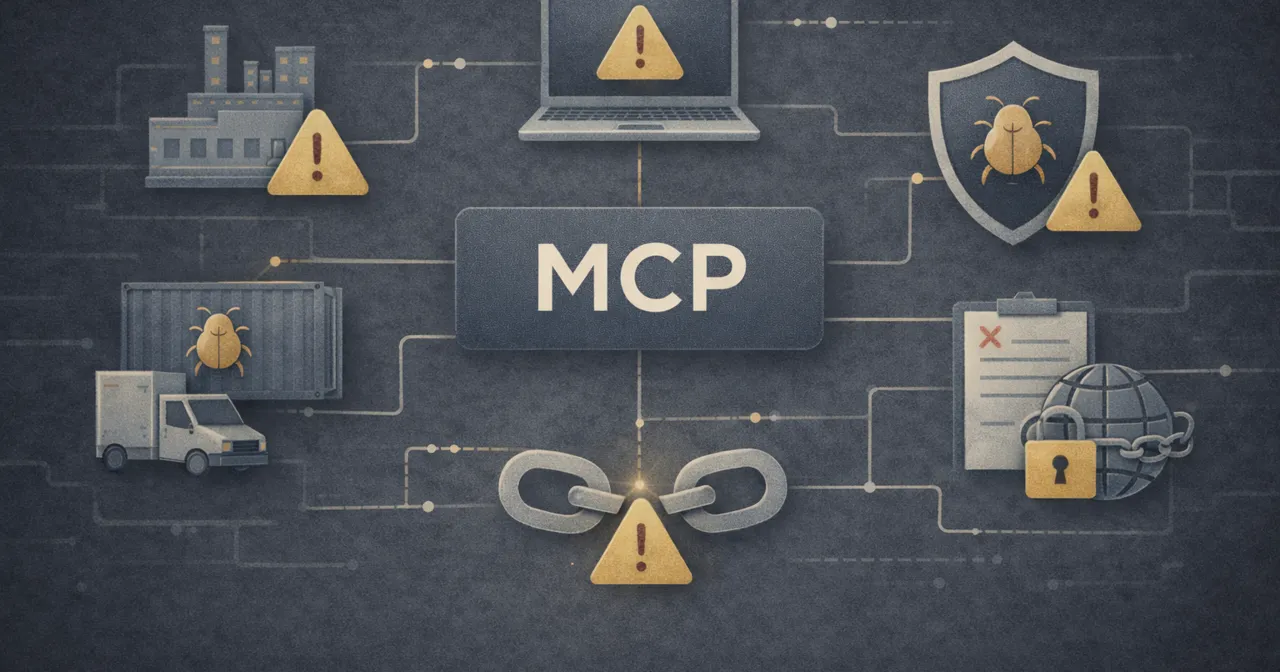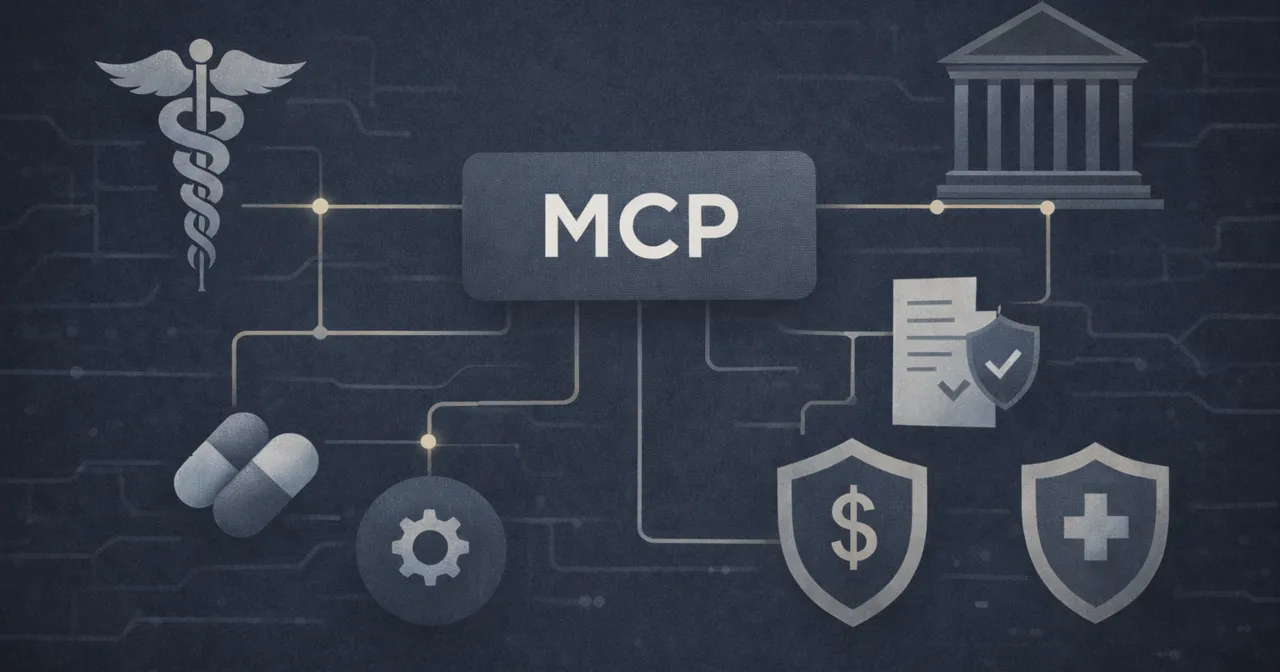
MCP Identity Management – Your Complete Guide
MCP servers unleash the potential of AI agents, delivering astounding improvements in productivity and expanding every organization’s capabilities to act, learn, and deliver.
However, there are three significant challenges that organizations must overcome to successfully adopt MCP servers. Firstly, there are the manifold security risks that MCP servers present. Secondly, the difficulty of making MCP servers usable and accessible for non-developer personnel. Thirdly, gaining visibility and control over the full ecosystem of MCP transactions and flows.
Implementing enterprise-level Identity management into that MCP ecosystem is critical to solving all these issues. In this blog, I explain everything you need to know about identity management for your organization’s MCP use.
What is identity management?
Identity management is the process of defining, creating, and managing digital identities within an organization. Identity management ensures that users’ access to tools, data, networks, and other resources is fully authorized, with the correct level of permissions for their role, responsibilities, and seniority.
Identity management also involves the authentication of an identity, where a user who is trying to access a system with a particular identity provides evidence that they are the holder of that identity, either to the system they are trying to access or a secondary application responsible for authentication.
The authorization component of identity management involves the creation of unique user identities with clear rules governing access to and permissions within various applications, systems, networks, and data, alongside ensuring systems grant and restrict access and capabilities according to the definitions of the user’s identity.
Identity management has four main pillars:
- Enable access to necessary applications, data, and systems
- Prevent unauthorised access
- Prevent unauthorised actions
- Enable end-to-end traceability of actions
Why is identity management in MCP server use so important?
MCP servers are remarkably powerful. They enable AI agents and LLMs to interact with applications, data, and other resources through a common protocol, eliminating the need to build bespoke integrations for each resource or purpose.
However, MCP servers are also remarkably unsecured. They are wide open to attacks, exploitation, and even accidental harm, whether used remotely or locally.
The very power of MCP servers, LLMs, and AI agents can be turned against an organization and wreak havoc, leading to sensitive data exfiltration, system takeover, remote code execution, and other damaging outcomes.
Each week, someone discovers a new MCP-based attack vector or vulnerability. Still, the forecasted efficiency, productivity, and service improvements offered by MCP servers have created an unrelenting push to rapidly expand the use of MCP servers across all sectors, even those with the highest standards around data security, such as healthcare and financial services.
Identity management is one of the most critical areas of MCP security to get right. With identity management comes control over what resources users (and AI agents) can access, as well as what they can do with those resources.
Comprehensive identity management also helps non-technical users to interact with MCP servers, improves AI agent efficiency, and prevents agents from selecting inappropriate tools, or being overwhelmed by too much tool choice, and getting stuck in a loop.
Fine-grained identity management for MCP servers is not just essential for security; it’s key to making MCP tech suitable for enterprise use.
How do MCP servers manage identities by default?
MCP servers have varied configurations, but increasingly manage authorization using OAuth 2.0 or 2.1 as per recommendations in the MCP spec.
In this setup, the MCP server itself typically does not provide built-in user management capabilities; it does not create, provision, or enforce user identities.
Instead, the server delegates identity verification and permission granting to external OAuth-compliant identity providers (IdPs), such as Auth0, Google, or enterprise IdPs. The MCP server then validates access tokens issued by these IdPs to confirm the identity and permissions of the calling clients, allowing it to enforce access control and track usage effectively.
Beyond using OAuth to authorize users, MCP servers don’t come equipped with any kind of user management settings that you can use to create, provision, and enforce identities. In addition, the configuration of OAuth for MCP servers varies from server to server, with varying levels of quality.
This basic level of identity management creates a wide range of security risks, ranging from token theft and account impersonation, a lack of control over AI agents’ access levels and permissions, confused deputy scenarios, and a wide range of other serious issues that enterprises need to address in order to adopt MCP servers securely.
What are the risks of a lack of identity management with MCP servers?
Lack of Tenancy Isolation
MCP servers can’t enforce strict tenancy isolation, and those that do come equipped with multi-tenancy provision are error-prone. The lack of adequate tenancy isolation can lead to cross-tenant access and users being able to access resources and data with higher levels of access than they should actually have.
Poor Integration With SSP/IdPs
It’s very difficult to create and maintain a reliable integration between MCP servers and enterprise single-sign-on and multiple identity providers, which prevents organizations from slotting MCP servers securely into their existing identity infrastructure.
No Centralized Identity Management
Without an overarching system to manage identities and permissions across your MCP servers, there is no way to manage user onboarding, offboarding, and other aspects of identity management that are essential at the enterprise level, and adhere to SCIM standards.
Fragmented Identity Management
You need to manage identities and authorization for each server separately, which is not only laborious to configure and maintain, but it also multiplies the number of points at which there can be failures in authorization flows and gaps that introduce security risks.
Lack of Visibility
There is no central observation point to audit and monitor how users access MCP servers, the identities that people/AI agents are using, and what they are using those identities to do.
Loose AI Agent Identity
AI agents aren’t given distinct identities with clearly defined permissions. Instead, most MCP setups involve giving AI agents access tokens. This can lead to agents accumulating the identities and permissions of multiple human users they’re acting on behalf of.
Token accumulation can create an overpowered and overprivileged agent that could have a catastrophic impact if it is corrupted or executes a mistaken or misinterpreted action.
Insecure Tokens and Credentials
In most off-the-shelf MCP setups, access tokens, API keys, and other sensitive information are transmitted without adequate security measures and scoping, creating a significant risk of token, API key, and credential theft.
What is the recommended way to manage identities in MCP servers?
Currently, the most effective way to implement identity management with MCP servers at an enterprise level is to utilize an MCP gateway or proxy, such as MCP Manager.
Using an MCP gateway provides an essential control layer to create, provision, manage, and monitor the identities for human users and AI agents to access and use applications, data, and other resources via MCP servers.
MCP gateways also address a wide range of related high-risk security issues, including authorization and authentication management.
They also provide end-to-end observability for MCP ecosystems, and the prevention of undesirable or dangerous AI agent behavior.
An MCP gateway enables you to implement scalable, enterprise-level identity management for your organization’s use of MCP servers, both for human users and AI agents. It is an essential piece of the puzzle in making MCP servers suitable for use in any organization.
Why is an MCP gateway the recommended approach to MCP identity management?
Here are the key reasons why an MCP gateway is the best way to implement enterprise-level identity management for MCP servers:
- Centralized Control For Identity Provisioning
- Improves Tool Selection, Efficiency, and Ease of Use
- Centralized Authentication and Authorization
- Real, Scoped Identities for AI Agents
- Maintains Control as Agent Use Explodes
- Visibility Over Usage and Behavior
- Enforce Individual User Identities
- Create Multiple Identity Types for MCP Server Use (Role-Based Access Controls)
- Integrations With IAM, SCIM, SSO, and Other Existing Infrastructure
Read below to learn more about each of these points.
Centralized Control For Identity Provisioning
An MCP gateway provides a single point of management for your organization’s identities, usage monitoring, troubleshooting, and updates.
This central control point drastically reduces the complexity of your MCP identity management when compared to managing fragmented identities across multiple servers. It ensures you can implement your identities and policies consistently and prevent outliers.
Improves Tool Selection, Efficiency, and Ease of Use
Identities that clearly define which servers and tools should be made available help prevent agents from being overloaded by tool selection, enabling them to work faster and reducing dead-end loops.
Centralized Authentication and Authorization
An MCP gateway is your single point to handle OAuth-based identity management, multi-tenant isolation, and role-based access across every MCP server in your organization.
With an MCP gateway, you avoid duplication of security configuration and ensure consistency across authorization flows. It’s easier and simpler to solve issues, enforce policies, and improve processes at scale.
Real, Scoped Identities for AI Agents
An MCP gateway enables you to create distinct identities for AI agents, separate from those of human users. This is far more secure than agents using shared, generic API keys or tokens, and it also enhances traceability.
Each agent identity can have fine-grained permissions that define which servers and specific tools they can access, as well as the actions they can take with those tools. You can provision agents with unique, scoped access tokens to prevent long-term access without reauthorization.
Maintain Control as Agent Use Explodes
As AI agents and MCP servers become widespread across your organization, it will become impossible to monitor and manage their behavior and control their access to protected resources without the use of an MCP gateway or similar platform that provides a centralized access point.
Visibility Over Usage and Behavior
Without an MCP gateway, you have no visibility of which MCP-based transactions have occurred, successful and unsuccessful access attempts, and what users and AI agents alike are doing with MCP servers in your organization.
An MCP gateway processes each interaction between the MCP client and server. It provides detailed, enterprise-level logging for your MCP ecosystem and real-time visibility over user and agent behavior. It can even send alerts when someone or something attempts to access tools or resources that they shouldn’t be accessing.
Enforce Individual User Identities
MCP gateways provide the option to allow all users to use a single “bot” account to access resources via MCP servers, or to require each user to use their own identity to access MCP servers, tools, and associated resources. Choosing the latter option prevents users from having over-privileged access to any resources or data.
Create Multiple Identity Types for MCP Server Use (RBAC)
You can use an MCP gateway to create a set of unique identity types for each MCP server. Each identity has a set of permissions and entitlements.
For example, your sales team does not need and should not have the same set of permissions and entitlements as your developer team. Similarly, your junior sales team should not have the same permissions as your sales team leads.
Identity types can then be allocated to users based on the principle of least privilege, allowing you to efficiently manage, assign, and edit the level of permissions for each user or role type at scale.
Integrations With IAM, SCIM, SSO, and Other Existing Infrastructure
MCP gateways are developing integrations with existing enterprise identity management platforms, allowing organizations to utilize their existing roles and identities when provisioning MCP gateways and servers.
Comprehensive Identity Management Is Essential for Enterprise MCP Server Use
Fine-grained identity management is a crucial component of secure, scalable, and manageable organizational MCP ecosystems.
Without fine-grained identity management, organizations using MCP servers expose themselves to a wide range of high-severity risks, both from malicious actors and accidental misuse.
Identity management has a range of components, including identity definitions, authentication, and authorization. To create a secure MCP ecosystem, these components should incorporate both human users and AI agents.
Implementing robust, enterprise-level identity management for your organization’s MCP ecosystem is impossible without the use of MCP security tools, such as an MCP gateway or similar centralized, mediating access point to MCP servers.
An MCP gateway also includes a wide range of other features that make it possible to adopt MCP servers and AI agents securely, scalably, and successfully.
Learn more about our own MCP gateway: MCP Manager.
You can also stay at the forefront of AI and MCP news, and learn more about implementing MCP servers successfully in your organization with the MCP Digest – get your free subscription here: MCP Digest Sign-Up.




